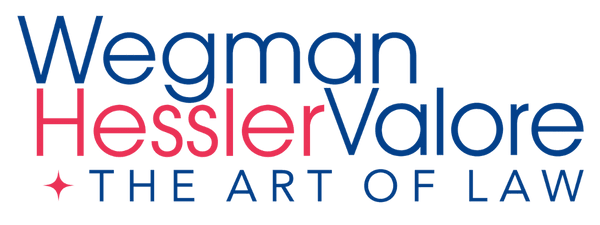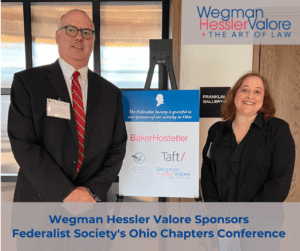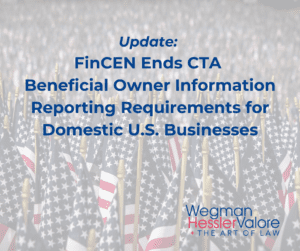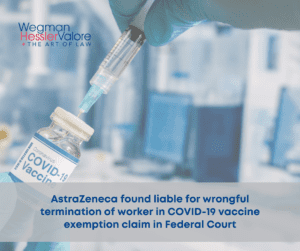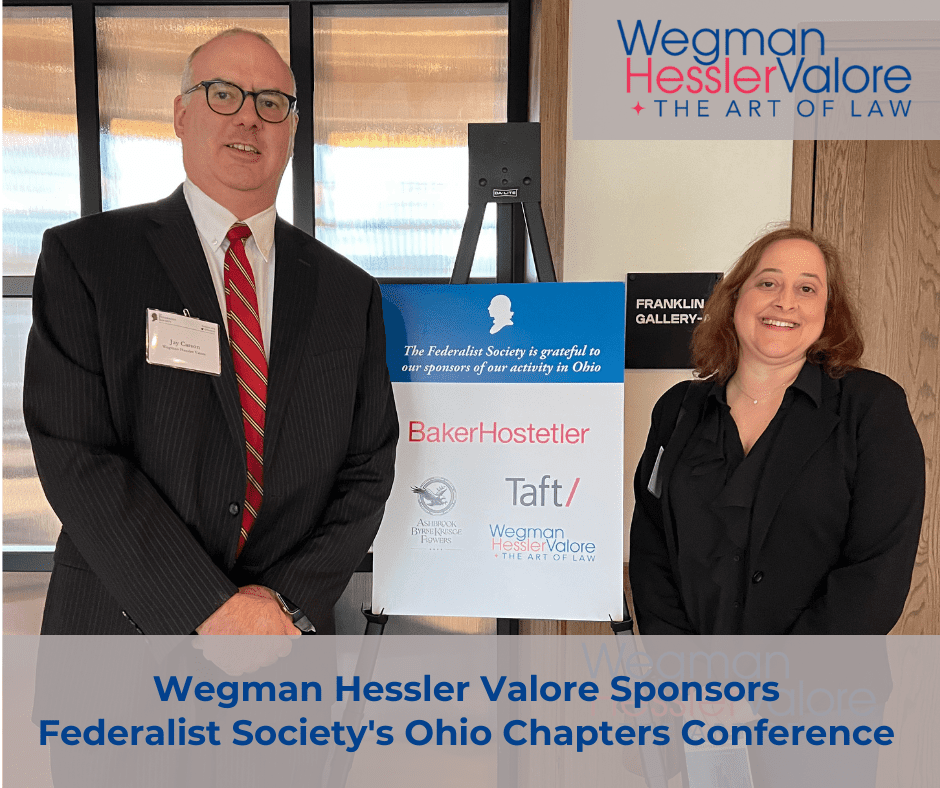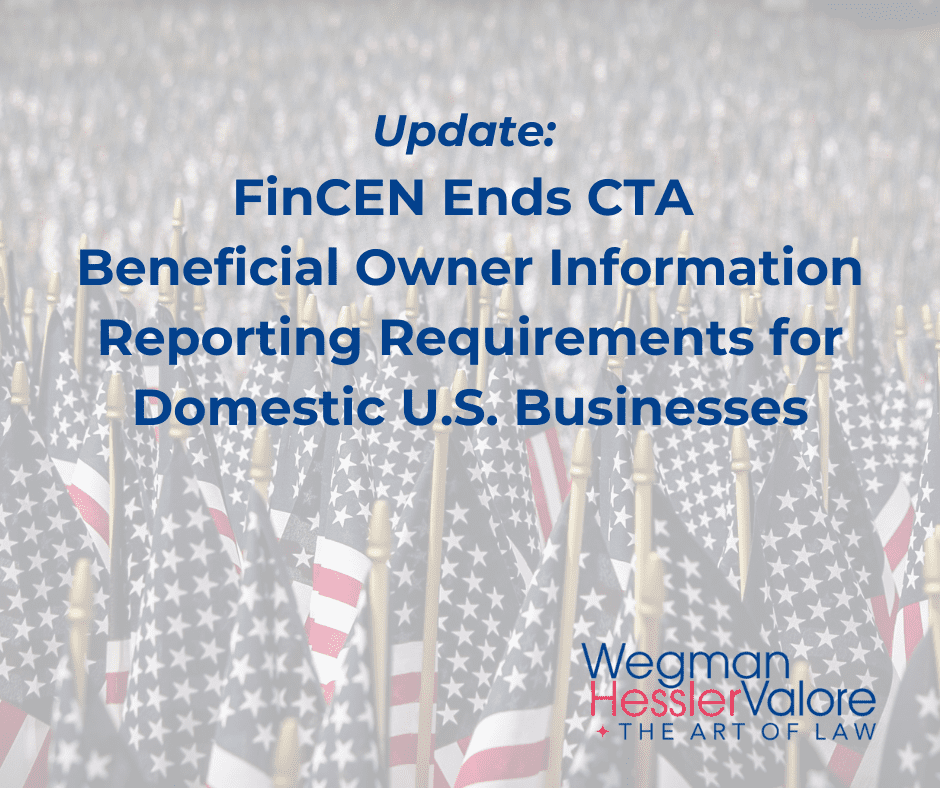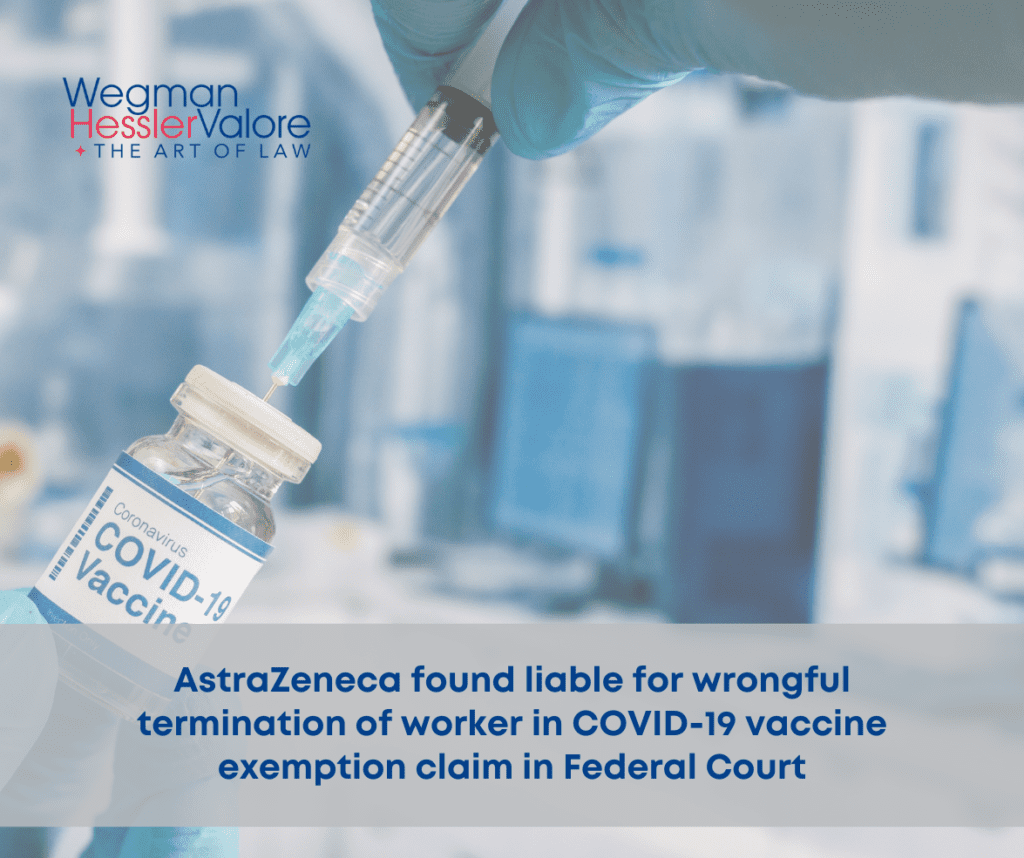DOL Updates Guidance Regarding FFCRA Paid Leave Provisions

March 27, 2020
This week, the U.S. Department of Labor (“DOL”), Wage and Hour Division issued new guidance regarding the paid leave provisions of the Families First Coronavirus Response Act (“FFCRA”) that the president signed into law on March 18, 2020 and which is effective April 1, 2020. The FFCRA’s paid leave provisions include the Emergency Family and Medical Leave Expansion Act (“EFMLEA”) and the Emergency Paid Sick Leave Act (“EPSLA”). For more detailed information, see Wegman’s previous posting regarding the Act’s leave provisions.
The DOL’s new guidance includes the following:
FACT SHEETS
• Families First Coronavirus Response Act: Employee Paid Leave Rights (PDF)
• Families First Coronavirus Response Act: Employer Paid Leave Requirements
QUESTIONS AND ANSWERS
• Families First Coronavirus Response Act: Questions and Answers, which addresses common questions regarding both the EFMLEA and EPSLA
• COVID-19 and the Family and Medical Leave Act: Questions and Answers, which addresses questions specific to the EFMLEA
POSTERS
• Employee Rights: Paid Sick Leave and Expanded Family and Medical Leave under The Families First Coronavirus Response Act (FFCRA), which must be posted in the workplace and distributed to remote employees.
• Families First Coronavirus Response Act Notice – Frequently Asked Questions, regarding the notice positing requirements.
FIELD ASSISTANCE BULLETIN
• Field Assistance Bulletin 2020-1: Temporary Non-Enforcement Period Applicable to the Families First Coronavirus Response Act (FFCRA). According to the bulletin, the DOL will not bring enforcement actions against any employer for FFCRA violations occurring between March 18 through April 17, 2020, as long as the employer has made reasonable, good faith efforts to comply with the FFCRA.
Critically, the above guidance does not replace the regulations DOL is obligated to publish under the Act.
Some of the key takeaways from the guidance are as follows:
- The EFMLEA and EPSLA are effective April 1, 2020 and apply to leave taken between April 1, 2020 and December 31, 2020. The leave requirements are not retroactive.
- Full-time, part-time and temporary current employees are covered by the Act. An employee is unable to work if his/her employer has work for them and one of the COVID-19 qualifying reasons set forth in the FFCRA prevents them from being able to perform that work, either under normal circumstances at their normal worksite or by means of telework.
- Former employees, employees laid off due to lack of work, or furloughed because the employer closes the worksite or work is not available, and employees working reduced schedules are not eligible for paid sick leave but may be eligible for unemployment compensation.
- The guidance provides further information on calculating the dollar amount of the paid leave under various scenarios. Additionally, the guidance makes clear that employees on paid sick leave are entitled to continue health insurance coverage.
- If an employee is eligible to take paid sick leave or expanded family and medical leave under the FFCRA, as well as paid leave that is already provided by the employer, unless the employer agrees, the employee must choose one type of leave to take. An employer is
- Not required to permit an employee to use existing paid leave to supplement the amount the employee receives from paid sick leave or expanded family and medical leave. Further, the employer may not claim, and will not receive tax credit, for such supplemental amounts.
- If the employee is working at the usual worksite (not teleworking), paid sick leave must be taken in full day increments and cannot be taken intermittently if the leave is taken because of a quarantine/isolation order issued by governmental authority or health care provider advisement, the employee has symptoms and is seeking diagnosis, the employee is caring or a quarantined family member, or similar conditions. If the employee returns to work but has not exhausted their available paid sick leave, they may use any remaining sick leave at a later time until December 31, 2020 if another qualifying reason for leave arises.
- However, a teleworking employee may take paid sick leave or expanded family and medical leave intermittently, if the employer and employee agree and if the employee is taking paid sick leave to care for a child whose school or place of care is closed or unavailable.
- An employer may not deny paid sick leave to an employee if it gave the employee paid leave for a reason identified in the EPSLA prior to the Act going into effect.
- If an employee takes paid sick leave under the EPSLA or childcare leave under the EFMLEA, the employer is required to obtain documentation in support of the reason for the leave from the employee, including: the employee’s name, qualifying reason for requesting leave, statement that the employee is unable to work, including telework, for that reason, and
- the date(s) for which leave is requested. Documentation for the reason for the leave is also necessary, such as a quarantine order or the name of healthcare provider who advised the employee to quarantine or notice that a school or day care has closed. These records will be required if the employer intends to claim a tax credit for sick leave wages.
- All existing certification requirements under the FMLA remain in effect if an employee is taking leave for one of the existing qualifying reasons under the FMLA.
- If the employer closes while an employee is on paid sick leave or expanded family and medical leave, the employer must pay for any leave used before the closure and the employee is no longer entitled to paid sick leave or expanded family and medical leave, but they may be eligible for unemployment insurance benefits.
- Employers with fewer than 50 employees should begin documenting the reasons “why your business with fewer than 50 employees meet the criteria set forth by the Department, which will be addressed in more detail in forthcoming regulations.”
The attorneys at Wegman will continue to keep tabs on the DOL guidance. Please reach out to us directly if you have specific questions.
Wegman Hessler specializes in business law for business leaders, applying legal discipline to solve business problems to help business owners run smarter. For more than 50 years, this Cleveland business law firm provides full-service strategic legal counsel for closely held businesses. Learn more at www.wegmanlaw.com.
